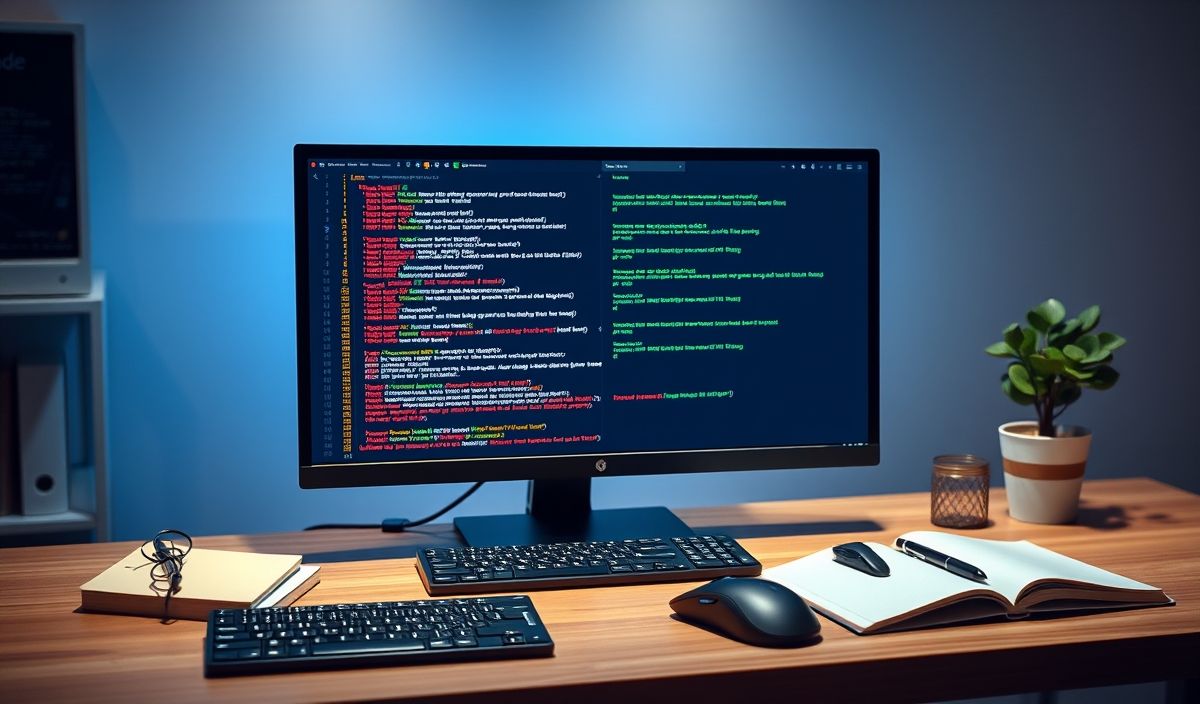Introduction to capture-console
The capture-console library is an excellent tool for capturing and manipulating console output in Node.js applications. It allows developers to intercept console logs and handle them in various flexible ways. This feature is particularly useful for debugging, logging, and testing purposes.
Key API Methods
capture.startCapture()
The capture.startCapture() method begins capturing console output. It takes an array of console methods to capture such as ["log", "error", "warn"].
const capture = require('capture-console');
capture.startCapture(process.stdout, ['log', 'error', 'warn']);
capture.stopCapture()
The capture.stopCapture() method stops capturing console output and can return captured logs if specified.
const logs = capture.stopCapture(process.stdout);
capture.on()
The capture.on() method attaches a handler to captured output, allowing custom processing.
capture.on(process.stdout, 'log', (data) => {
// Custom log processing
console.log("Captured log:", data);
});
capture.clearCapture()
The capture.clearCapture() method clears all the captured data.
capture.clearCapture(process.stdout);
Application Example with capture-console APIs
In this example, we will create a simple Node.js application that captures various console outputs and processes them:
const capture = require('capture-console');
// Start capturing console outputs
capture.startCapture(process.stdout, ['log', 'error', 'warn']);
// Attach custom handlers
capture.on(process.stdout, 'log', (data) => {
console.log("Captured log:", data);
});
capture.on(process.stdout, 'error', (data) => {
console.error("Captured error:", data);
});
// Emit some console outputs
console.log("Hello, world!");
console.error("This is an error message");
// Stop capturing and get the logs
const logs = capture.stopCapture(process.stdout);
console.log("Captured Logs:", logs);
This example demonstrates starting and stopping console capture, and processing the captured logs through custom handlers.
With capture-console, developers can have finer control over their console logging mechanisms, making it easier to debug, test, and manage log data.
Hash: 166018980364ac681cb54cb1450704eb6ec94776a93c90b16bbc14b5e71660d2




